'Coffee beans' production is in crisis due to climate change

The coffee that is loved by people all over the world is made from the seeds of
The global coffee crisis is coming-YouTube
Coffee is one of the most popular plants in the world. Coffee trees will set seeds in about 3 to 4 years after germination.
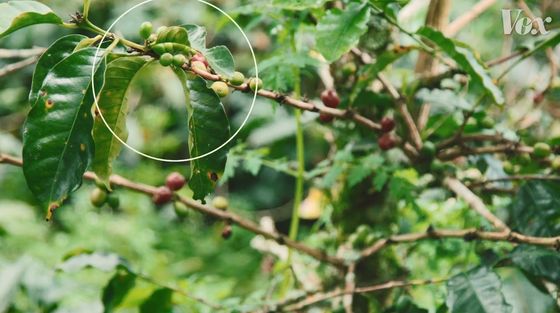
After picking and removing the pulp and
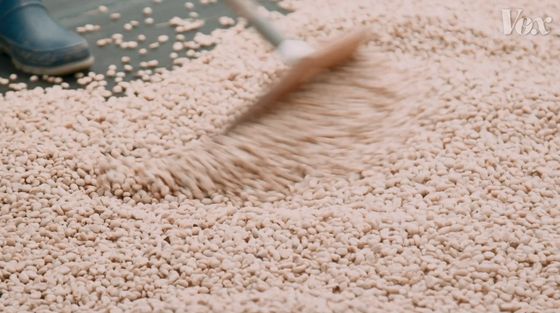
It looks like coffee beans sold at shops.
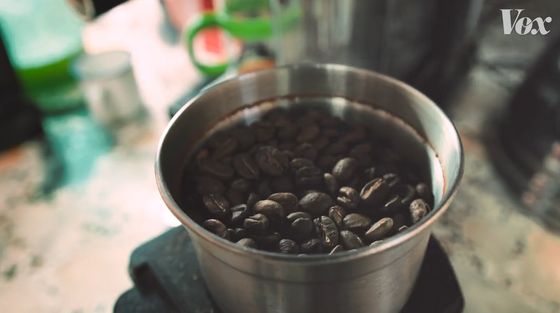
Coffee is a well-selling beverage of 500 billion cups a year worldwide, and coffee beans are grown by tens of millions of farmers in Latin America, Africa and Asia. However, in recent years, the area where coffee trees can be grown is decreasing due to artificial climate change.
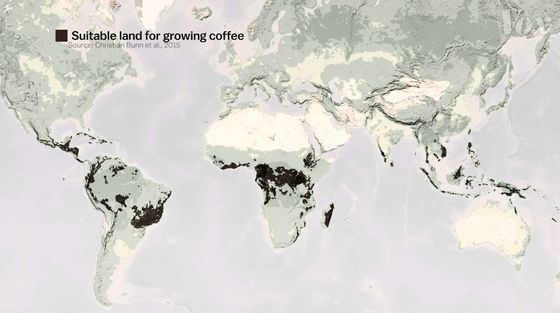
Farmers in Colombia, the main coffee bean producer, are already feeling the impact of climate change.
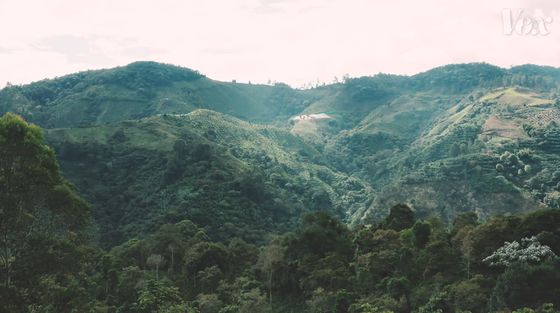
A woman from a farmer said, “About 15 years ago, coffee beans had started to fall sharply. Last year was very low.”

Another man pointed out that not only the decline in production but also the decline in prices was a problem, accusing the landscape of growing coffee as a thing of the past.
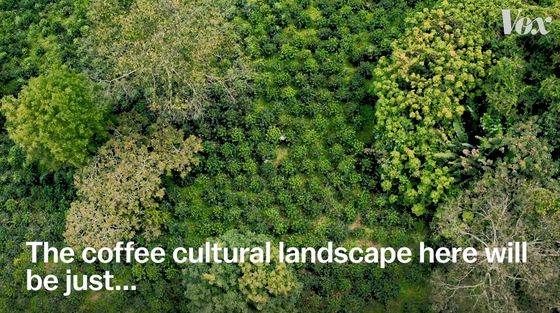
There are more than 100 coffee varieties, most of which are wild and few are cultivated for commercial purposes. Two of the most famous are
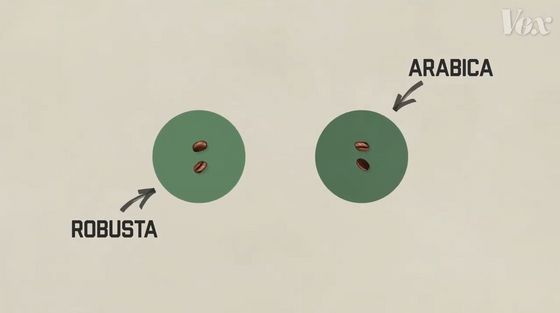
Robusta has a strong bitterness and is used in espresso and instant coffee.

On the other hand, Arabica has a smooth and mild taste and is often used for higher quality coffee.

Arabica requires more delicate cultivation conditions than Robusta. The ideal temperature is 18 to 21 degrees Celsius, and it will not grow well if it is too hot or cold.

It also requires a certain amount of rainfall plus a three-month dry season before flowering.
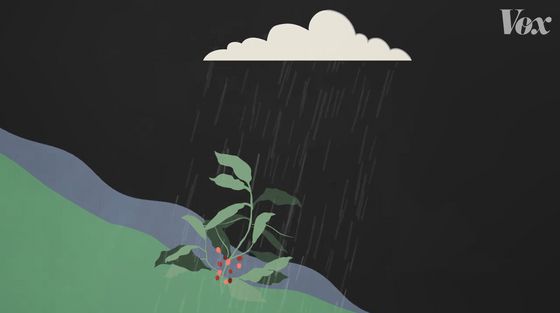
Since the difference in temperature between daytime and nighttime is also important, Arabica seems to grow best in the altitude range of 1000m-2000m.

Arabica species are mainly cultivated in the range of 25 degrees north latitude to 30 degrees south latitude...
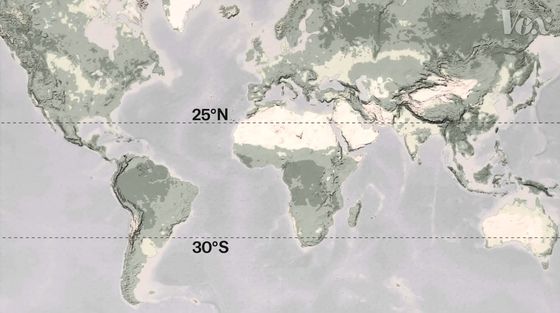
Colombia is located just within that range.
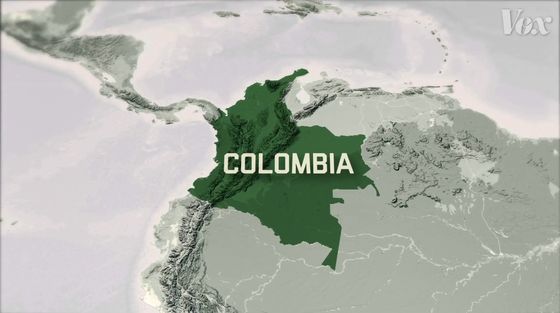
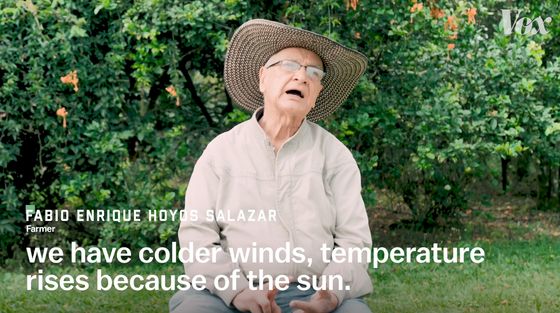
Colombian coffee has been said to be the highest quality in the world for over a century. 'We love coffee because we were born and raised on coffee,' says Dignoris Soto Londono, a coffee farmer.
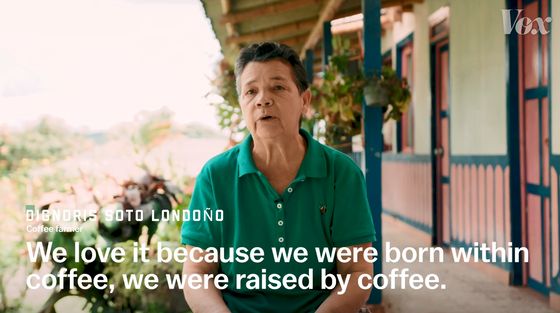
But Colombia's coffee production areas are heavily affected by climate change. Since 1980, the average temperature in coffee producing areas in Colombia has risen by about 1.2 degrees due to increased greenhouse gas emissions.
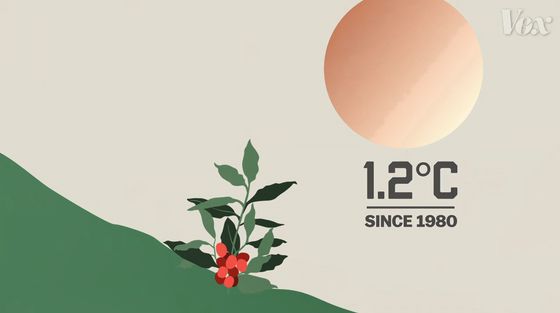
As a result, the optimum altitude for coffee cultivation is being raised. It seems that coffee trees do not grow well at low altitudes, and the quality of coffee beans deteriorates.

Appropriate elevation changes are a major issue for farmers who grow coffee in relatively low altitude areas. Salazar, who owns a plantation in the area of Villa Gloria, commented that the overly warm climate and daylight are detrimental to coffee growing.

The mild climate is also suitable for the breeding of pests and fungi, and the farm in Santa Fe, which has a higher altitude than Villa Gloria, is suffering from a

Even on a farm in the area called El Oasis, it is difficult to predict when it will rain or when the weather will change due to changes in the climate pattern, and this has adversely affected cultivation.

Since 2013, the land where coffee can be grown in Colombia has declined by more than 7%, and researchers expect the situation to get worse.
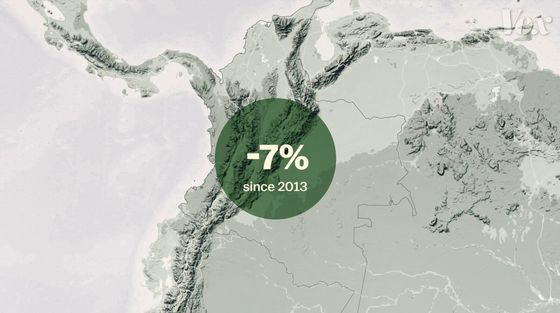
Similar problems occur not only in Colombia but around the world. It is predicted that by 2050, the land where coffee can be grown will continue to decrease by 50%, and global coffee bean production is in a critical condition.
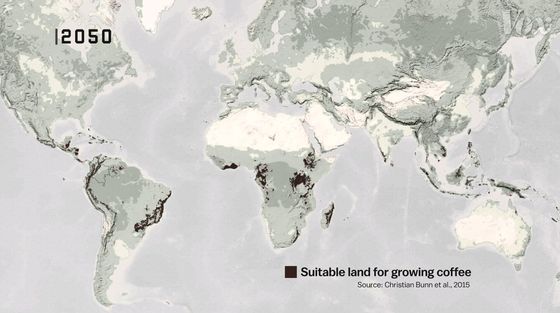
It

Colombia has been producing coffee beans since the early 20th century, when it was a Spanish colony.

When the price of coffee beans fell due to the Great Depression of 1929, the government intervened to maintain the coffee industry.
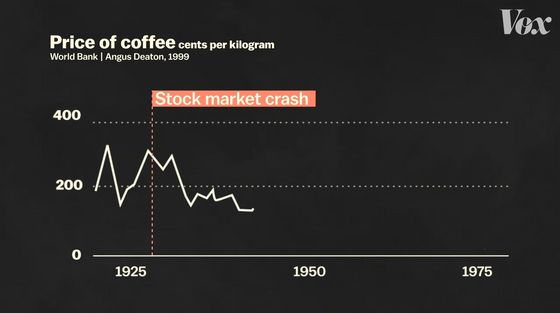
The government bought over 1,000

He said that he decided to grow other crops at the same time as coffee to overcome price fluctuations. As a result, it seems that the coffee industry in Colombia has become a structure in which small-scale farmers occupy the majority.
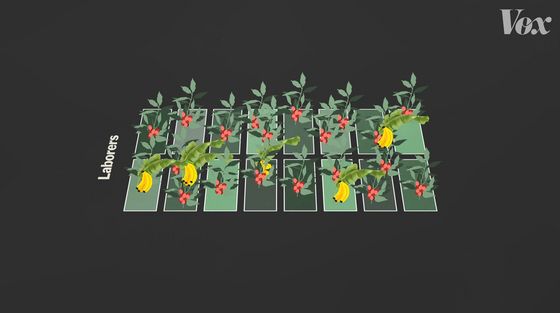
Colombia also signed the
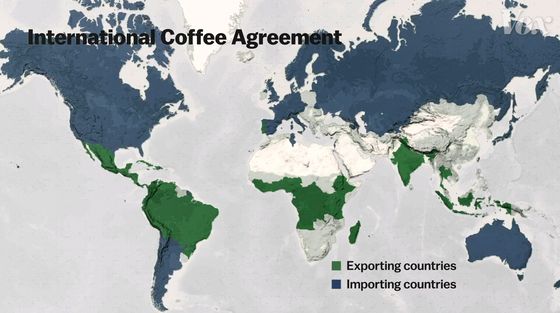
Colombian smallholders thrived as coffee bean prices recovered.
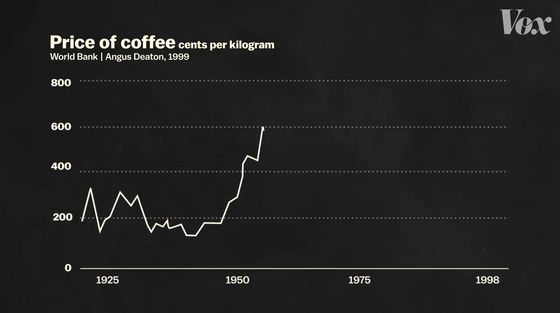
At the time of writing, Colombia is the world's third largest coffee exporter after Brazil and Vietnam.
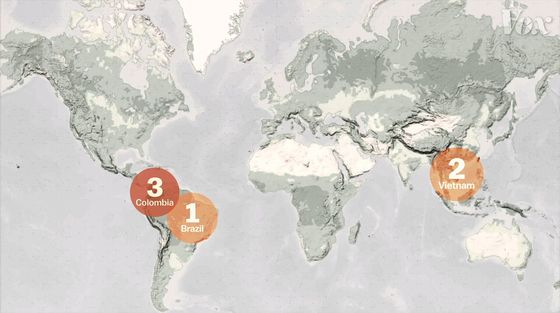
Colombia's coffee industry is backed by half a million small farmers, who are now in jeopardy of being affected by climate change.
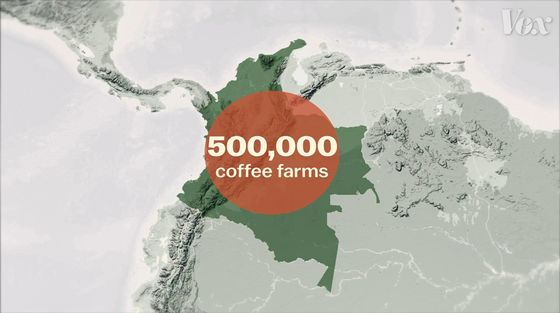
The costs of making shade to protect coffee, moving farms to highlands, and switching to warmer varieties are not something small farmers can afford.

Salazar says that once most of the people living in the area used to have coffee plantations, they are now in a state of 'coffee growing = deficits.'
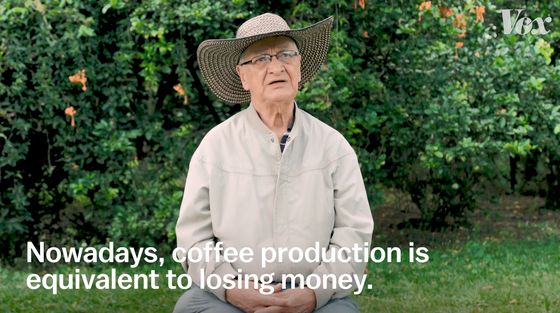
Since 2009, production volume has dropped significantly due to the effects of climate change and coffee rust.

In 2013, a coffee farm went on strike, calling for government funding.

Since then, coffee prices have continued to fluctuate on a marginal line, and it is difficult for coffee farmers to bear the costs of adapting to climate change.
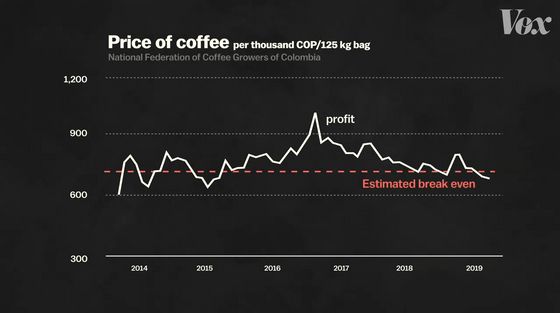
Already, coffee farmers are forced to cultivate another crop, and Salazar also decided to cultivate bananas.
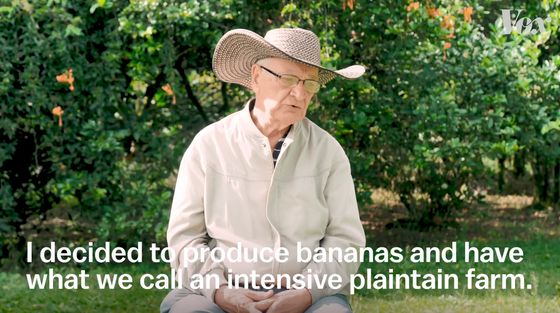
Eighty percent of the world's coffee beans are produced by 25 million smallholders, and many coffee farmers living in poverty cannot cope with climate change.

Climate change could end Colombia's long-standing coffee culture.
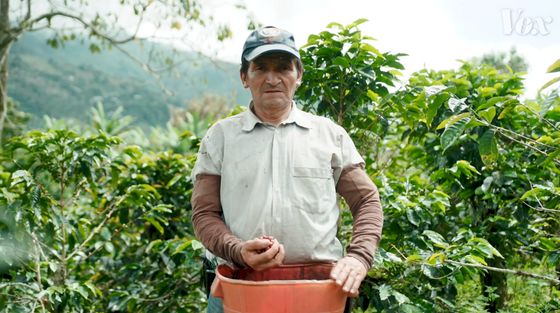
Related Posts:







